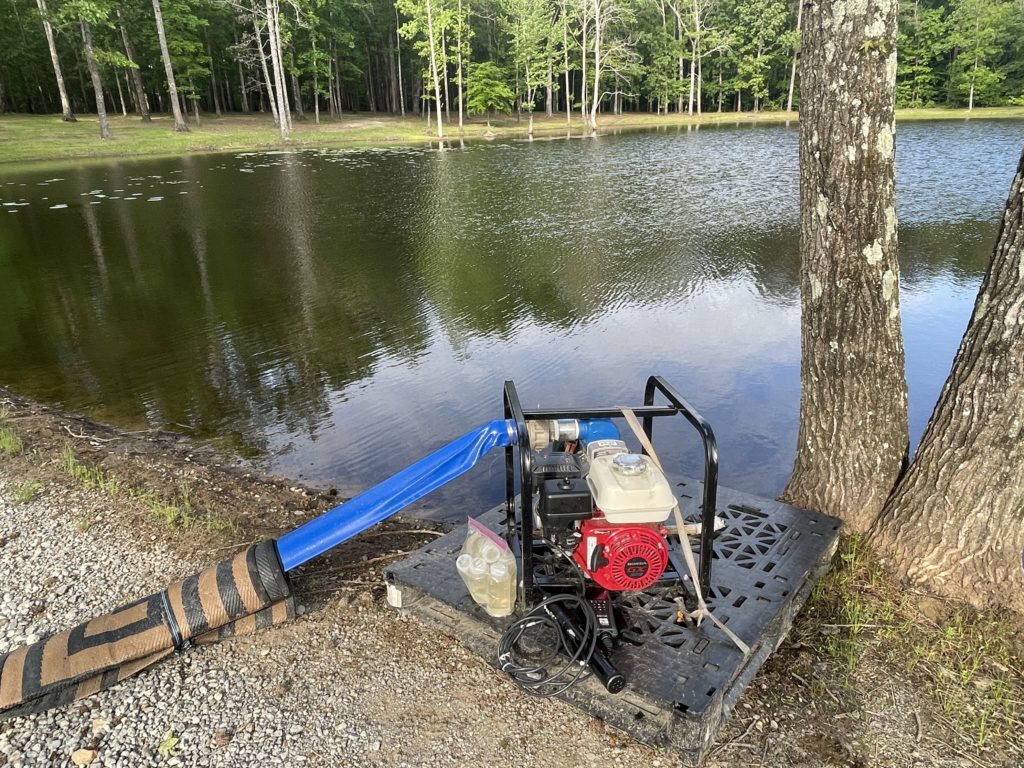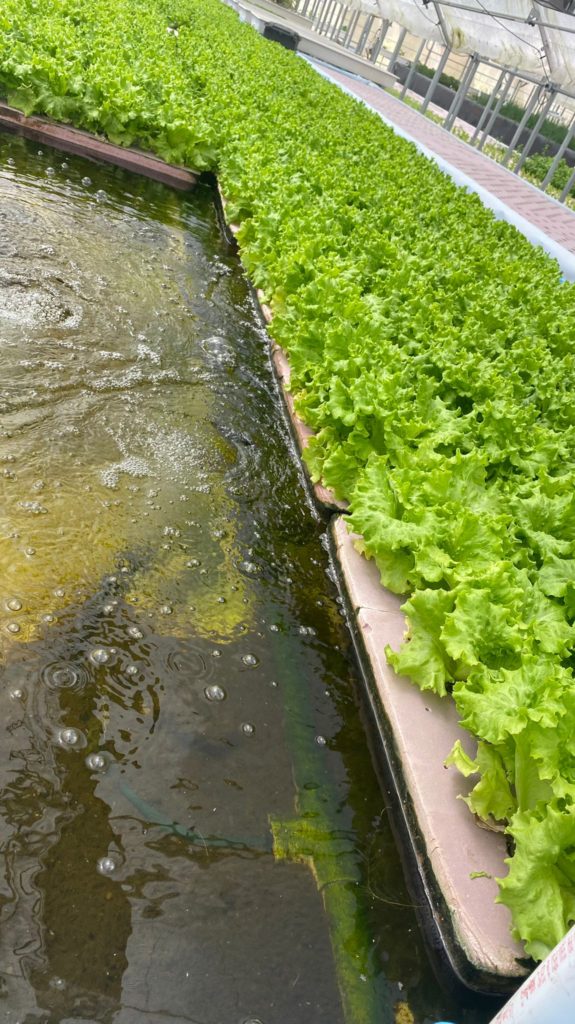By Camila Rodrigues
Food-safety regulations are constantly evolving to ensure food is safe and free from harmful contaminants. One area that has received increased attention in recent years is water used in food production and processing. Water is an essential component for the production of raw agricultural commodities. It is used to irrigate crops, clean equipment and facilities, and wash fruits and vegetables. However, the use of contaminated water for fresh produce production can lead to the spread of harmful bacteria and other pathogens. This can result in foodborne illnesses, which can have serious health consequences for consumers.

In 2021, the U.S. Food and Drug Administration (FDA) proposed new changes to preharvest agricultural water regulations, which would apply to farmers growing produce covered by the Produce Safety Rule (PSR). The rule aims to establish more stringent standards for water quality and would require farmers to assess and manage the risks associated with their agricultural water sources.
RULE RATIONALE
According to scientific research and investigations of several recent outbreaks linked to the consumption of fresh produce, the FDA recognized that preharvest agricultural water is a potential contributing factor in the introduction and spread of contamination to produce. When the PSR was first established in 2016, farmers were required to test their agricultural water for generic Escherichia coli, an indicator of fecal contamination, and develop a microbial water-quality profile over time. However, the FDA has identified several gaps in the current standards, including the lack of water-quality monitoring requirements, a clear approach to assessing and managing risks associated with agricultural water, and the need for more flexibility in establishing alternative water-quality standards.
The FDA has proposed a new agricultural water assessment rule to address these gaps. The proposed rule reflects new information and findings on the potential routes of microbial contamination of preharvest agricultural water.

KEY PROVISIONS
If finalized, the agricultural water proposed rule would require farmers to conduct a comprehensive assessment of their agricultural water sources and systems, including surface water and groundwater. The assessment would need to identify and evaluate potential sources of contamination, such as nearby animal operations or septic systems, and assess the risks associated with those sources.
Growers would also need to maintain detailed documentation about their agricultural practices related to water use, including irrigation systems and the time interval between the last application to harvest, crop characteristics and environmental conditions of the growing area, such as rainfall, temperature and sun exposure.
Based on the results of the water assessment, farmers would be required to implement corrective measures to reduce the risk of contamination, such as installing physical barriers, treating their water or using alternative water sources.
The proposed rule would also require growers to monitor their agricultural water sources for indicators of contamination, such as generic E. coli or other pathogens, to provide consistent information for the assessment. However, the frequency and type of monitoring would depend on the results of the initial water assessment, as well as the risk level of the water source. The FDA would establish criteria for acceptable water quality based on the type of produce grown, the intended use of the produce and other factors.
Another key provision of the proposed rule is the requirement for farmers to establish and maintain records related to their agricultural water sources, assessments and monitoring activities. These records would need to be made available to the FDA or state inspectors upon request.
COMPLIANCE DATES
The FDA has proposed extending compliance dates for the pre-harvest agricultural water requirements of the PSR for covered produce other than sprouts. The proposed compliance dates will depend on the business size, with the longest compliance period of two years and nine months for very small businesses. The FDA intends to continue enforcement discretion for the harvest and post-harvest agricultural water requirements until Jan. 26, 2025, for very small businesses; Jan. 26, 2024, for small businesses; and Jan. 26, 2023, for all other businesses.
To prepare growers and state regulators for implementing the new provisions, the FDA will work closely with state and industry partners to provide training, technical assistance, educational visits and on-farm readiness reviews before initiating routine inspections verifying compliance.

POTENTIAL IMPACTS
The proposed agricultural water assessment rule has the potential to significantly impact farmers, particularly small and mid-sized operations that may lack the resources or expertise to conduct comprehensive water assessments. However, the rule is also expected to improve the safety and quality of fresh produce by reducing the risk of contamination from agricultural water.
By requiring growers to assess and manage the risks associated with their water sources, the proposed rule may also encourage more sustainable farming practices, such as the use of alternative water sources or the implementation of best management practices to reduce the risk of contamination. Additionally, the rule may help to establish a more consistent approach to water-quality monitoring and assessment across different regions and crops.
The proposed agricultural water assessment rule is an important step toward improving the safety and quality of fresh produce in the United States. By requiring farmers to conduct comprehensive water assessments, monitor their water sources and implement measures to reduce the risk of contamination, the rule has the potential to significantly reduce the incidence of foodborne illnesses related to contaminated produce.
Ultimately, the impact of the agricultural water proposed rule on farmers and food safety will depend on how effectively it is implemented and enforced. While there may be short-term challenges associated with compliance, the rule can potentially improve the safety and quality of fresh produce, benefiting both farmers and consumers in the long term.
Visit fda.gov/food/food-safety-modernization-act-fsma/fsma-proposed-rule-agricultural-water for more information about the agricultural water proposed rule.
Camila Rodrigues is an assistant professor and food safety Extension specialist at Auburn University in Alabama.









